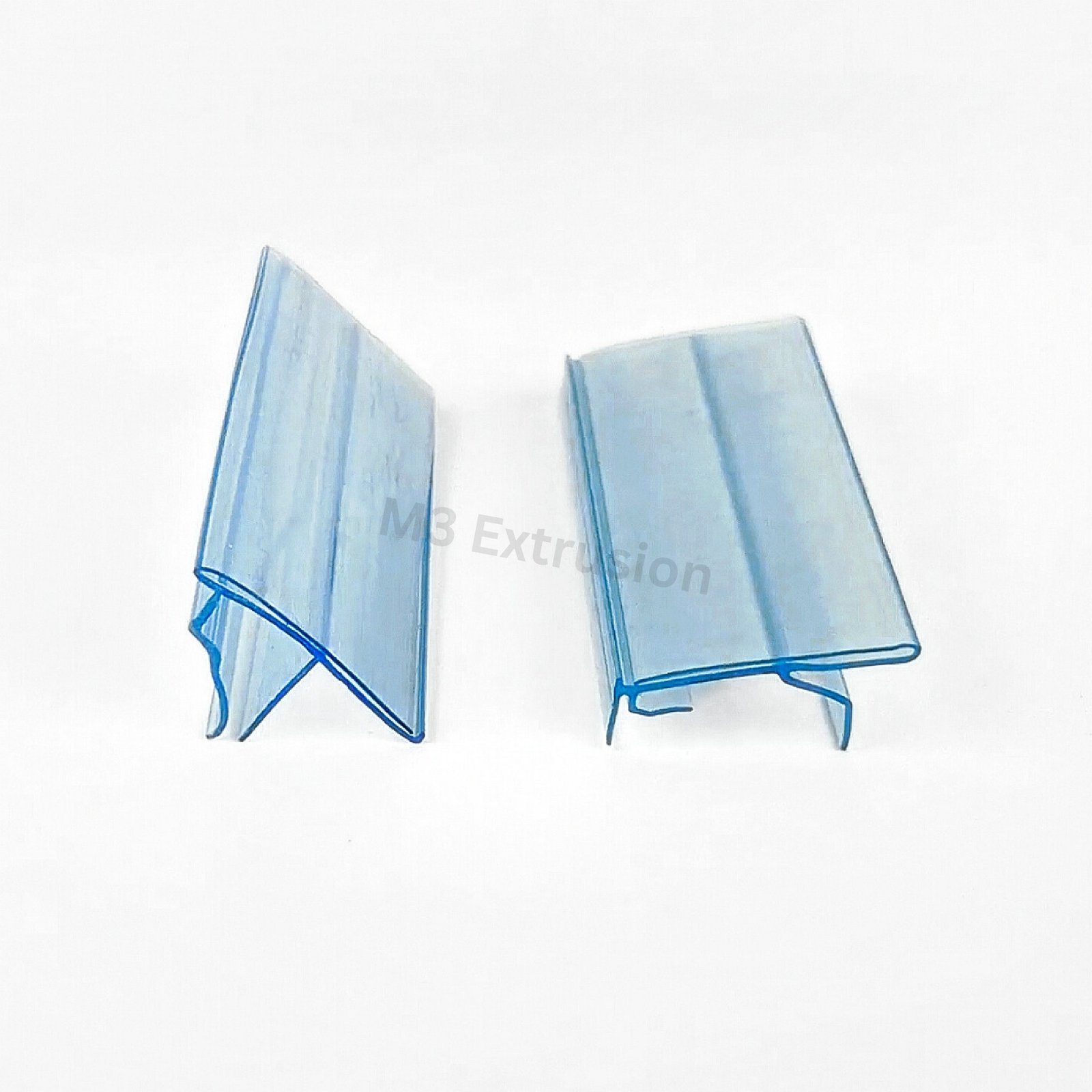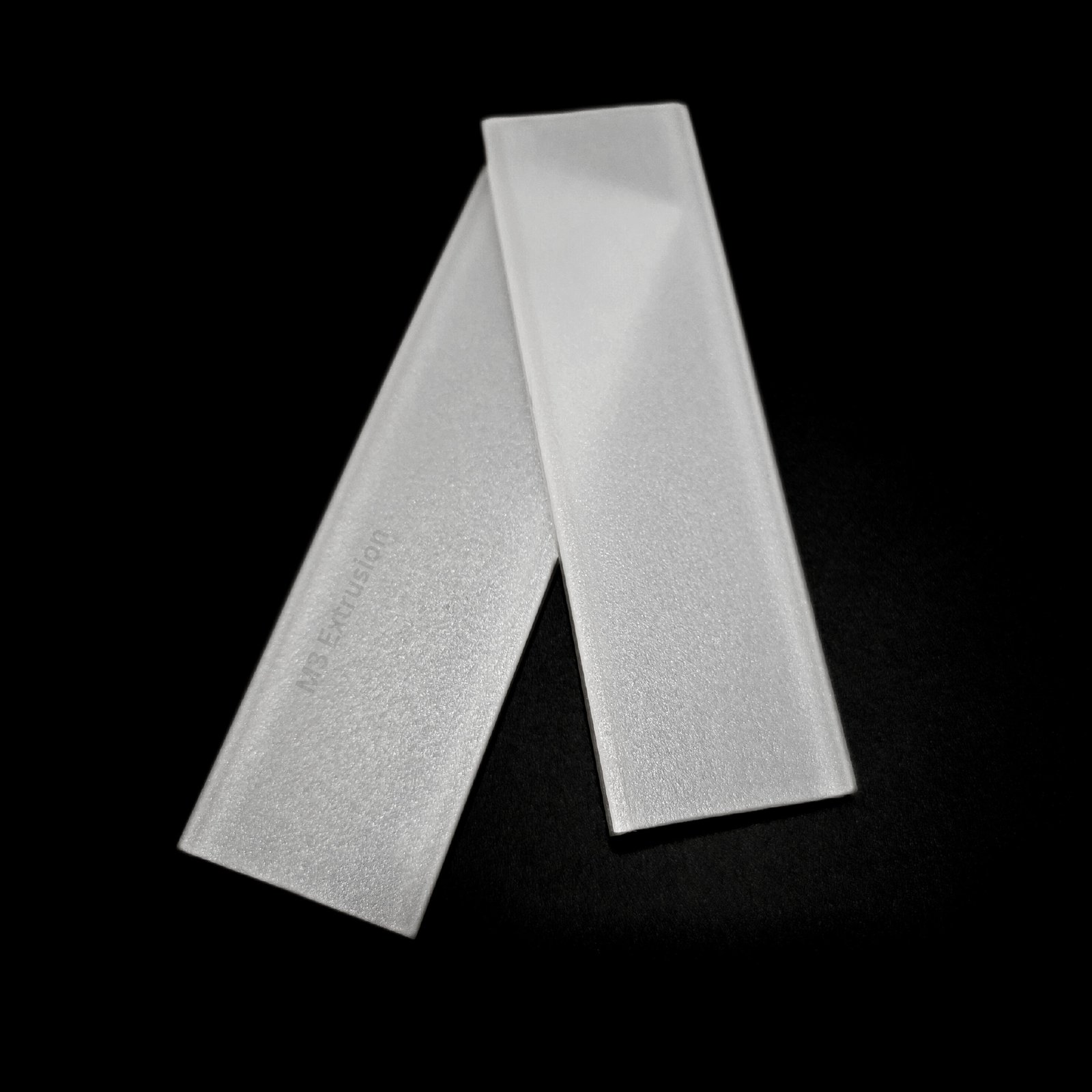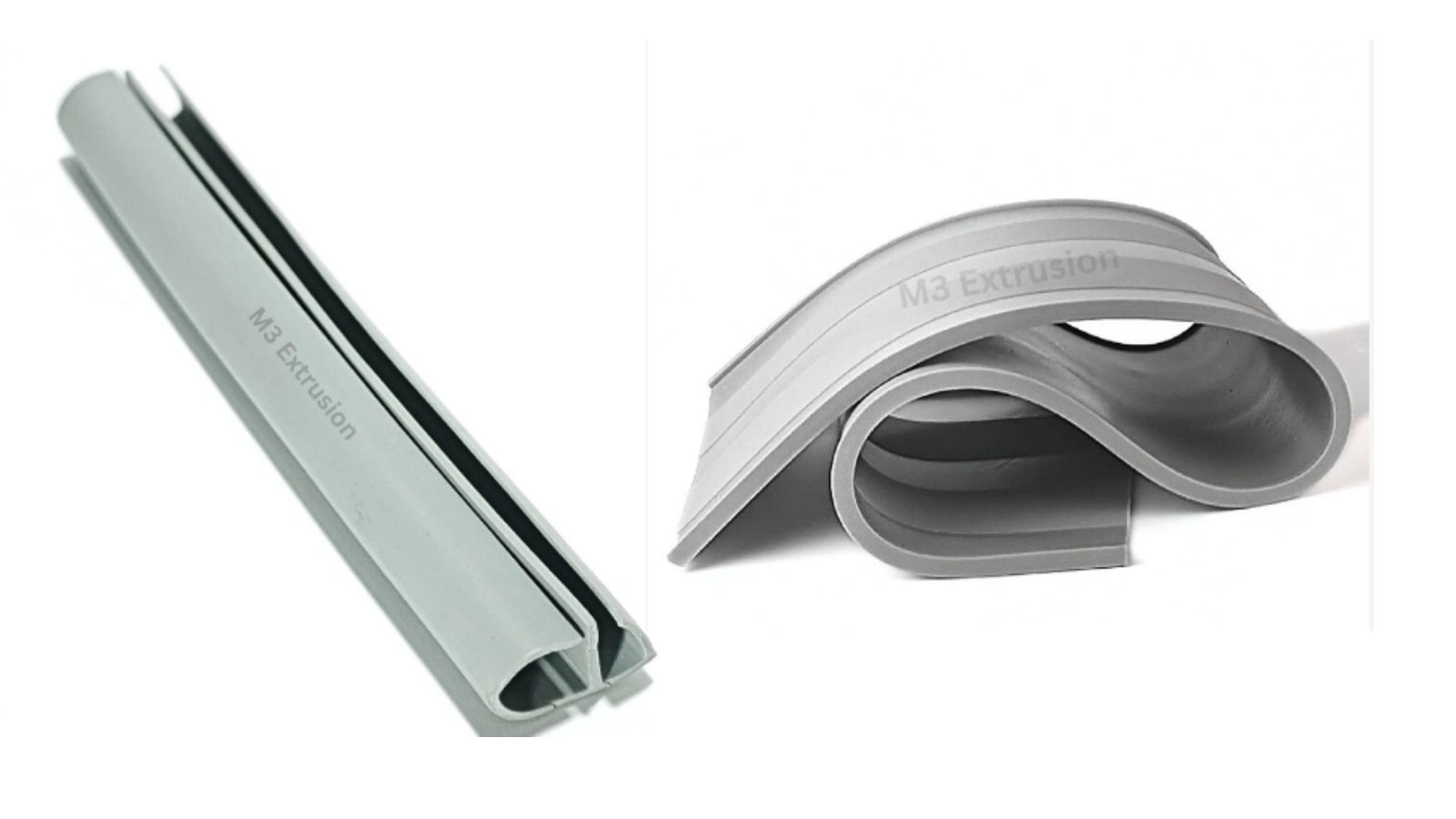Windows help keep our homes warm in the winter and cool in the summer. However, they can also allow heat to escape or enter, making it harder to maintain a comfortable temperature. This means your heater or air conditioner has to work harder, often leading to higher energy bills.
One effective solution is using PVC warm edge spacers, which sit between the glass panes in double or triple-glazed windows. Unlike traditional metal spacers that conduct heat, these PVC alternatives improve insulation by reducing thermal transfer. If you’re looking for a reliable warm edge spacer in India, choosing the right supplier is key to ensuring both energy efficiency and long-term performance.

These spacers help keep heat indoors during the winter and block external heat in the summer, making your space more energy-efficient. They also reduce condensation build-up on the glass and limit outside noise, creating a more comfortable environment.
Using a high-quality PVC profile from M3 Extrusion ensures you receive a customised solution that fits your specific requirements.
In this article, we’ll explain how PVC warm edge spacers work and why they are an excellent choice for making your home more comfortable.
Understanding Warm Edge Spacers
Warm edge spacers are small strips placed between the glass panes in double or triple-pane windows. They help keep your home warm in the winter and cool in the summer. Traditional spacers are made of metal, which efficiently transfers heat and reduces energy efficiency.
PVC warm edge spacers provide better insulation by reducing heat transfer. This helps lower energy bills, prevents moisture buildup on windows, and makes your home more comfortable.
How PVC Warm Edge Spacers Reduce Energy Bills?
We all want to keep our homes comfortable without spending too much on heating and cooling. Did you know that your windows play a significant role in your energy bills? If they’re not well-insulated, they let heat escape in the winter and bring in unwanted heat during the summer, making your heater and air conditioner work harder. As a result, your electricity bill may increase.
PVC warm edge spacers help solve this problem by improving window insulation. Here’s how they help you save money:
Keeps Warm Air Inside During Winter
In the winter, heat from your home can escape through your windows, making your rooms colder. If your windows have metal spacers, they transfer even more heat outside. PVC warm edge spacers help trap the heat inside, so your home stays warm for longer without putting too much pressure on your heater. This means lower heating bills!
Blocks Heat from Entering During Summer
PVC spacers can also prevent outside heat from entering during the summer. Metal spacers can get hot and make your home feel warmer, often forcing you to use more air conditioning. PVC spacers don’t conduct heat as much, so your home stays cooler naturally, helping you save on electricity.
Helps Your Heating and Cooling System Work Less
When your home loses heat in the winter or gains heat in the summer, your heater or air conditioner has to work harder to maintain a steady temperature. PVC spacers reduce this heat transfer, so your heating and cooling systems don’t have to work as often. This ensures lower energy use and reduced electricity bills.
Prevents Cold Spots and Drafts
Have you ever sat near a window and felt a cold draft? This happens when heat escapes through the edges of your window. PVC warm edge spacers help keep the edges of your windows warmer and prevent cold drafts, keeping your home cosy without needing extra heating.
Reduces Window Condensation
When warm indoor air touches a cold window, condensation (water droplets) can form. This can make your home feel damp and chilly. PVC warm edge spacers keep the edges of the window warmer and reduce condensation, helping your home stay dry and comfortable without using extra energy.
Saves Money for Years to Come
PVC warm edge spacers also last longer than metal spacers because they don’t rust or break down quickly. This means your windows stay well-insulated for many years and continue to save you money on energy bills.
Comfort Benefits of PVC Warm Edge Spacers
Keeps Indoor Temperatures Stable
You may have noticed that sometimes your rooms feel too cold in the winter and too hot in the summer. This could be because windows let heat escape or enter. This is where PVC warm edge spacers come in handy. They help retain warmth in the winter and block heat in the summer, so your home stays at a comfortable temperature.
Reduces Moisture and Window Fogging
If you see water droplets (condensation) on your windows, it means warm indoor air is meeting a cold glass surface. Over time, this can cause mold and damage. These warm spacers help keep the glass edges warmer, reducing condensation and keeping your home dry and healthy.
More Comfort Without Higher Energy Bills
These spacers help keep your home at a steady temperature, so you don’t need to use your heater or air conditioner as much. This means you can stay comfortable while also saving money on energy bills.
Conclusion: Save Energy and Stay Comfortable
PVC warm edge spacers may be small, but they make a big difference in your home. They help retain heat in the winter and block it out in the summer, reducing the need for extra heating and cooling.
This means you can enjoy a comfortable home with lower energy bills year-round. They also prevent cold drafts, reduce window fogging, and block outside noise to make your living space cosier, quieter, and healthier. Investing in M3 Extrusion’s PVC warm edge spacers is a smart choice for saving money and improving home comfort.
FAQs: Energy Efficiency with PVC Spacers
What are PVC warm edge spacers?
PVC warm edge spacers are insulating strips made from PVC (polyvinyl chloride). They are placed between panes of glass in multi-glazed windows to reduce heat transfer.
How do they improve energy efficiency?
By minimizing heat loss through the window edges, they help maintain indoor temperatures, which results in reducing the need for excessive heating or cooling.
Can they lower heating and cooling costs?
Yes, by improving insulation, they reduce energy consumption, leading to lower utility bills.
Do they help prevent window condensation?
Yes, by keeping the interior glass edge warmer, they reduce the likelihood of condensation forming.




